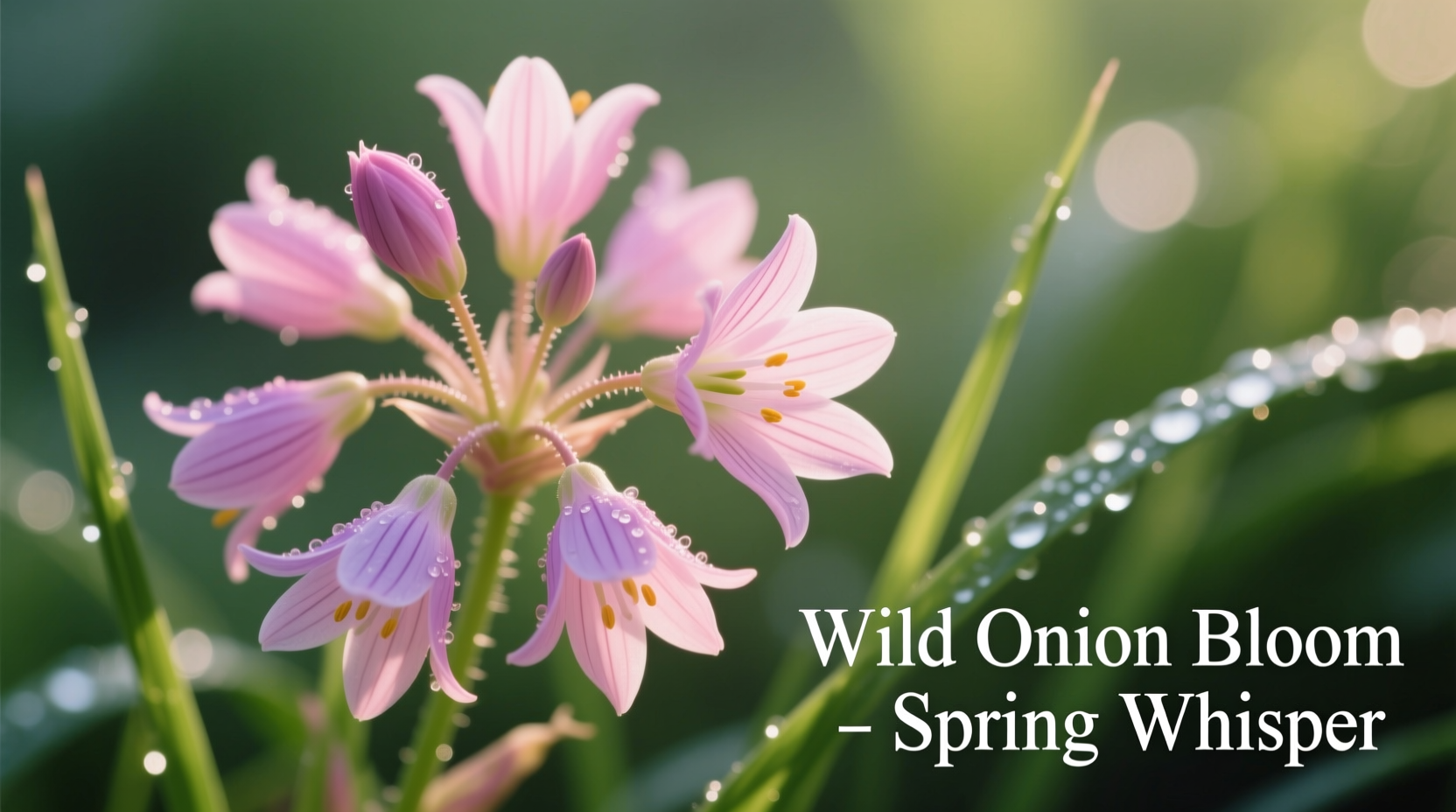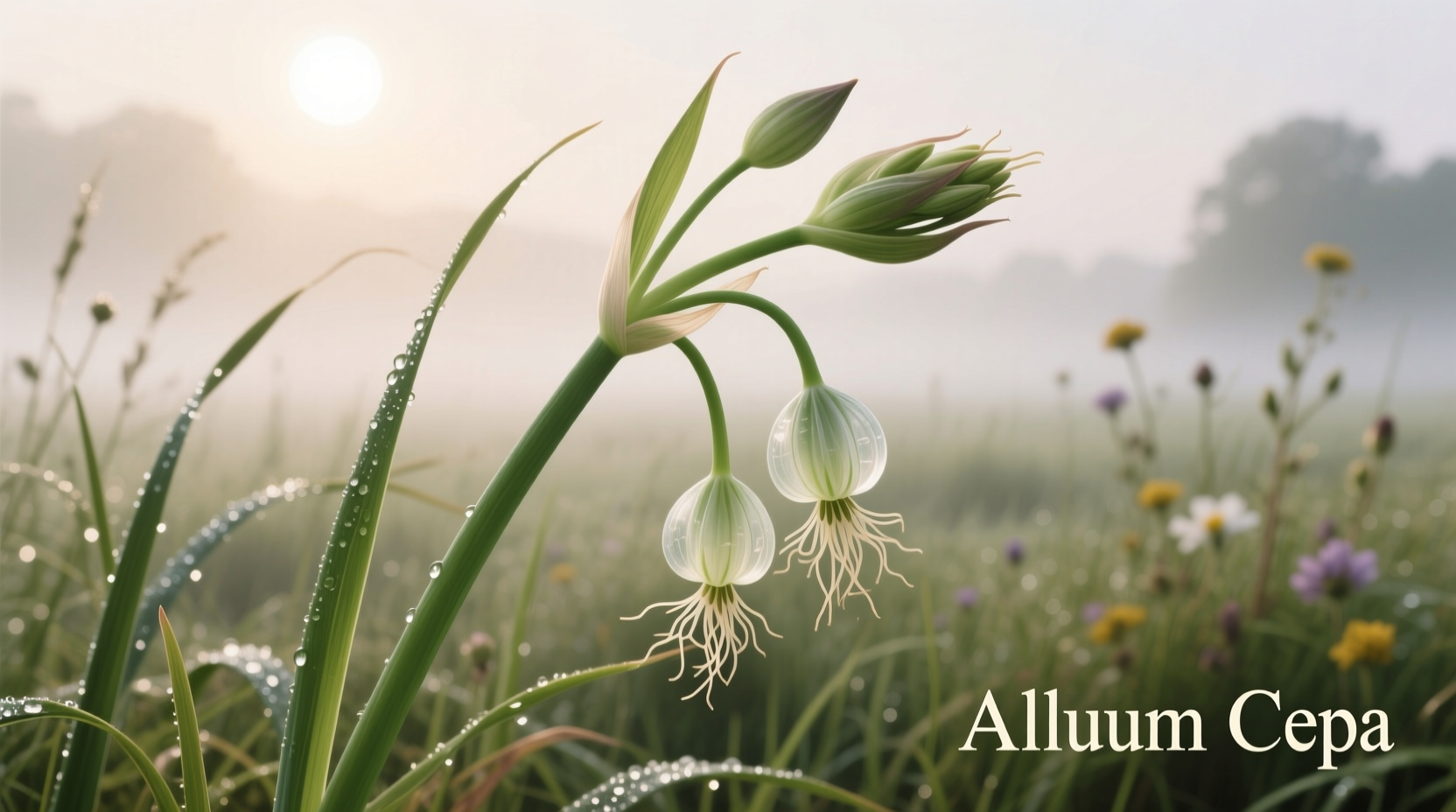Why Nodding Wild Onion Matters for Foragers and Gardeners
With its distinctive pink, nodding flower clusters and mild onion flavor, Allium cernuum offers both culinary versatility and ecological value. Unlike cultivated onions, this hardy native species requires no fertilizers or pesticides, making it ideal for sustainable landscapes. The USDA Natural Resources Conservation Service confirms its presence in 45 states, yet many foragers miss this valuable resource due to confusion with toxic look-alikes.

Accurate Identification: Your Safety Checklist
Correct identification is non-negotiable when foraging wild alliums. The distinctive nodding characteristic gives this species its name - mature flower heads tilt downward at a 45-degree angle. Here's what to verify before harvesting:
- Bulb scent: Crush a leaf - authentic nodding onion emits a clear onion/garlic aroma (absent in toxic look-alikes)
- Flower structure: 15-50 pink to lavender flowers form spherical clusters on slender stems 6-18 inches tall
- Leaf shape: Hollow, grass-like leaves emerge early spring and wither by flowering time
- Stem feature: Smooth, round flowering stem (not flattened like death camas)
| Feature | Nodding Wild Onion | Death Camas (Toxic) | Wild Garlic |
|---|---|---|---|
| Scent when crushed | Distinct onion aroma | No onion scent | Strong garlic odor |
| Flower head | Nodding downward | Upright clusters | Spherical, upright |
| Bulb coating | Brown, papery skin | No distinct bulb | White, papery covering |
| Stem | Round and smooth | Flattened | Round with bulge |
Seasonal Growth Timeline: When to Find It
Understanding the plant's lifecycle ensures successful foraging and cultivation. Based on data from the Lady Bird Johnson Wildflower Center, here's the annual development pattern:
- March-April: Grass-like leaves emerge from bulbs
- May-June: Flower stalks develop; leaves begin yellowing
- July-August: Peak blooming with characteristic nodding pink flowers
- September: Seed pods mature and disperse
- October-November: Bulbs enter dormancy; foliage dies back
Where Nodding Onion Thrives: Habitat Guidelines
This resilient native grows in diverse environments but has specific preferences documented by the USDA Plants Database:
- Soil: Well-drained sandy or rocky soils (avoids heavy clay)
- Sun exposure: Full sun to partial shade
- Moisture: Moderate moisture in spring, drier conditions in summer
- Common habitats: Prairies, open woodlands, rocky slopes, and roadsides
Important conservation note: While abundant in most regions, nodding onion is listed as threatened in Maine and endangered in Vermont. Always check local regulations at NatureServe Explorer before harvesting in protected areas.
Culinary Applications: From Field to Feast
All parts of nodding wild onion are edible with proper identification. The flavor profile differs from cultivated varieties:
- Bulbs: Mild onion flavor, excellent raw in salads or pickled
- Leaves: Best when young (spring), milder than chives
- Flowers: Delicate onion taste, perfect as edible garnish
- Seed pods: Crunchy texture with concentrated flavor
Professional foragers recommend harvesting only 10-15% of a patch to ensure sustainability. The University of Minnesota Extension notes that bulbs store for 2-3 weeks in cool, dry conditions, while flowers should be used within 48 hours.
Growing Nodding Onion in Your Garden
Cultivating this native species supports local ecosystems while providing kitchen ingredients. Follow these research-backed practices from the Xerces Society:
- Planting: Sow seeds in fall or transplant bulbs in early spring
- Spacing: 6-8 inches between plants for naturalizing
- Watering: Minimal once established; avoid summer overwatering
- Companions: Pairs well with native grasses and coneflowers
Gardeners report 70-85% success rates when planting in native habitat conditions, according to regional native plant society surveys. The plants typically flower in their second year and multiply through bulb offsets.
Safety First: Critical Considerations
Mistaking toxic plants for edible alliums causes numerous poisonings annually. The North American Mycological Association emphasizes these safety protocols:
- Always perform the smell test - no onion/garlic scent means DO NOT EAT
- Avoid areas treated with pesticides or near contaminated water sources
- When in doubt, consult a certified wildcrafter or use iNaturalist app verification
- Start with small quantities to test for individual sensitivities
Remember that some protected areas prohibit plant collection entirely. Check regulations at National Park Service before foraging on public lands.
Preserving Traditional Knowledge
Indigenous communities have utilized nodding wild onion for centuries. The USDA Forest Service documents its historical use by Cherokee and Iroquois nations as both food and medicine. Modern foragers should approach wild harvesting with respect for these traditions and ecological sustainability.











 浙公网安备
33010002000092号
浙公网安备
33010002000092号 浙B2-20120091-4
浙B2-20120091-4